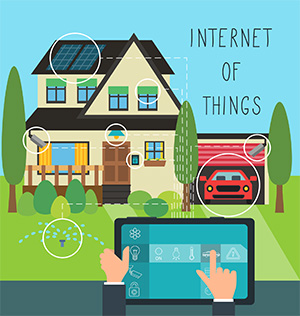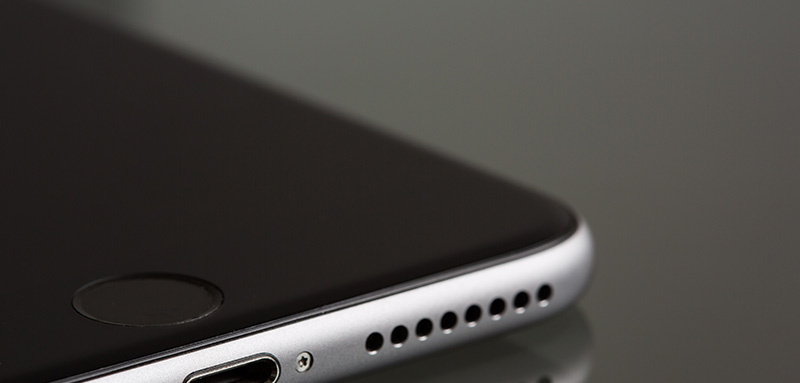“Every once in a while a revolutionary product comes along that changes everything.”
The iPhone did change everything. However, 20 years before Steve Jobs introduced the iPhone, engineers in Silicon Valley started to explore the possibilities of handheld computing.
I attended a lecture on mobile computing last week at The Exponential Center at the Computer History Museum in Mountain View, CA. The program, entitled “Computing in your pocket: The prehistory of the iPhone in Silicon Valley” was moderated by veteran journalist, John Markoff and featured a brilliant panel of innovators who laid the foundation for handheld computing: Steve Capps, Donna Dubinsky, Marc Porat and Jerry Kaplan.

It was fascinating to hear the panelists recount their experiences and discuss the race to revolutionize computing. The lecture began with the development of the Apple Newton in 1987 then segued to The Pocket Crystal and then naturally transitioned to Palm Computing, which was founded in 1992.
It’s worth noting that The Pocket Crystal was an Apple project that eventually became General Magic. Many Silicon Valley icons got their start working at General Magic including Andy Rubin, the inventor of Android and Tony Fadell, founder of Nest Thermostat and co-inventor of the iPod and iPhone.
Although, many of the original concepts of handheld computing may have exceeded the technical possibilities of the time, I was impressed at how close these initial ideas were to today’s mobile device experiences. For instance, the panel briefly discussed “The Knowledge Navigator,” which was a concept created by former Apple CEO John Sculley. It’s essentially a connected device that features a voice assistant and was envisioned more than two decades before Siri was developed.
Here’s one of the concept videos from 1987:
After taking a deep dive into the history of handheld computing, the panelists gave their thoughts on the future of mobile. The panel collectively agreed that the premise of staring down at a screen will seem archaic in the not so distance future. Jerry Kaplan hinted at a new experience that featured audio and oral interfaces layered with AR (Augmented Reality). I found this idea to be super intriguing. The idea of a heads-up experience would be a significant shift. Take the real estate industry. Imagine searching for a new home not on a computer or phone but by speaking to an Amazon Echo-like device that included projected images (think Navdy meets Alexa). It may sound like science fiction but the current technical trajectory appears to be pointing in this direction.
Here’s the entire lecture:

